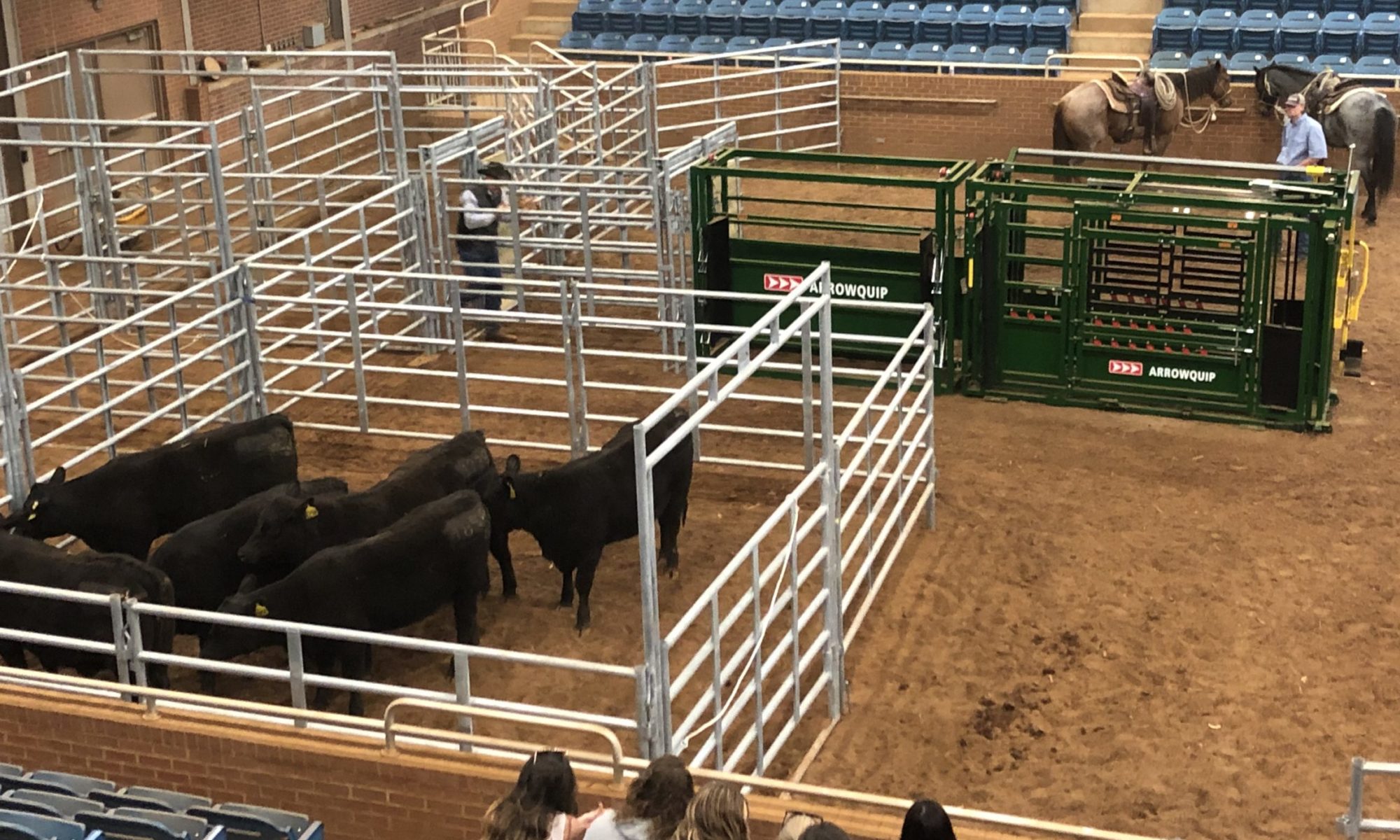

Dr. Andrew Griffith
Assistant Professor
Department of Agricultural and Resource Economics
P: 865-974-7480
I do not have the charisma of Yogi Berra, but here are a few thoughts recounting 2020 cattle markets. “Cattle market analysts are professional novices.” “The steer market is a bull or a bear until you try to turn a bear into a steer.” “The good times are good, because they are not bad.” Cattle prices are always going down unless they are going up.” “Getting old is for young people. They have more time to get there.” “Forecasting today’s cattle market and weather is easier if you put it off until tomorrow.”
“It’s like déjà vu all over again.” “Baseball is 90 percent mental and the other half is physical.” “No one goes there anymore, it’s too crowded.” “You can observe a lot by just watching.” “Always go to other people’s funerals, otherwise they will not come to yours.” “Slump? I ain’t in no slump… I just ain’t hitting.” These are all quotes attributed to Yogi Berra and are often called Yogi-isms.
I start this article this way because this is an annual article focusing on the cattle market for the new year. The expectations in the article written one year ago were not realized due to the many market disruptions experienced in 2021. Realized quarterly average prices in 2020 were $6 to $9 lower than the midpoint of my predicted range. Missing the mark by the aforementioned price level seems reasonable given the impact coronavirus has had on beef and cattle markets domestically and internationally.
Now that I have shared my failure in predicting 2020 prices, I will again attempt to provide quarterly price projections for calves and feeder cattle in Tennessee for 2021. I cannot fault anyone for not reading past this point given my recent track record with price projections, but I am going to keep trying until someone better at predicting prices advises me to stop.
Projections for 2021: An obvious statement that must be made is that cattle prices in 2021 should be higher than in 2020 if the market is not disrupted by some random event as it has been the past two years. The general observation for stronger prices in 2021 compared to 2020 stems from a smaller calf crop in 2020, which means fewer cattle being placed on feed in 2021. Additionally, beef demand has remained strong despite the pandemic and there is no reason to expect beef demand to taper off moving into 2021. The one factor currently working against strong prices in 2021 is higher corn prices, but it is unlikely to fully negate the positive factors.
It is difficult to provide a single price expectation for a certain class of cattle, because there can be significant week-to-week variability due to short-term shocks to the market. Thus, a quarterly price range works best for this long-term outlook. Using the Tennessee weekly auction market price report as the basis, 500 to 600-pound steers marketed in Tennessee are expected to average between $147 and $157 per hundredweight for the first quarter of the year with some instances of grass cattle in the spring topping $160 per hundredweight. No big fall off is expected moving into the second quarter with 500 to 600-pound steers averaging between $146 and $156 per hundredweight. The second quarter average price will be supported by strong prices in April and early May before prices begin to erode. Third quarter prices will come under pressure as summer heat and grass availability takes its toll on the market. Third quarter prices for 500 to 600-pound steers in Tennessee will average between $142 and $152 per hundredweight while the fourth quarter price average will fall in the range of $137 to $147 per hundredweight. Same weight heifer prices will likely be $15 to $20 per hundredweight behind steers.
Yearling cattle (750-850 pounds) prices should also see an improvement. Prices for 750 to 850-pound steers should be in a range of $135 to $143 in the first quarter, $141 to $148 in the second quarter, $142 to $150 in the third quarter, and $140 to $148 in the fourth quarter.
This is the price projection given the information at the time of writing. Numerous factors could change these projections. However, many producers could hedge a price in these ranges by using the futures market or LRP insurance.